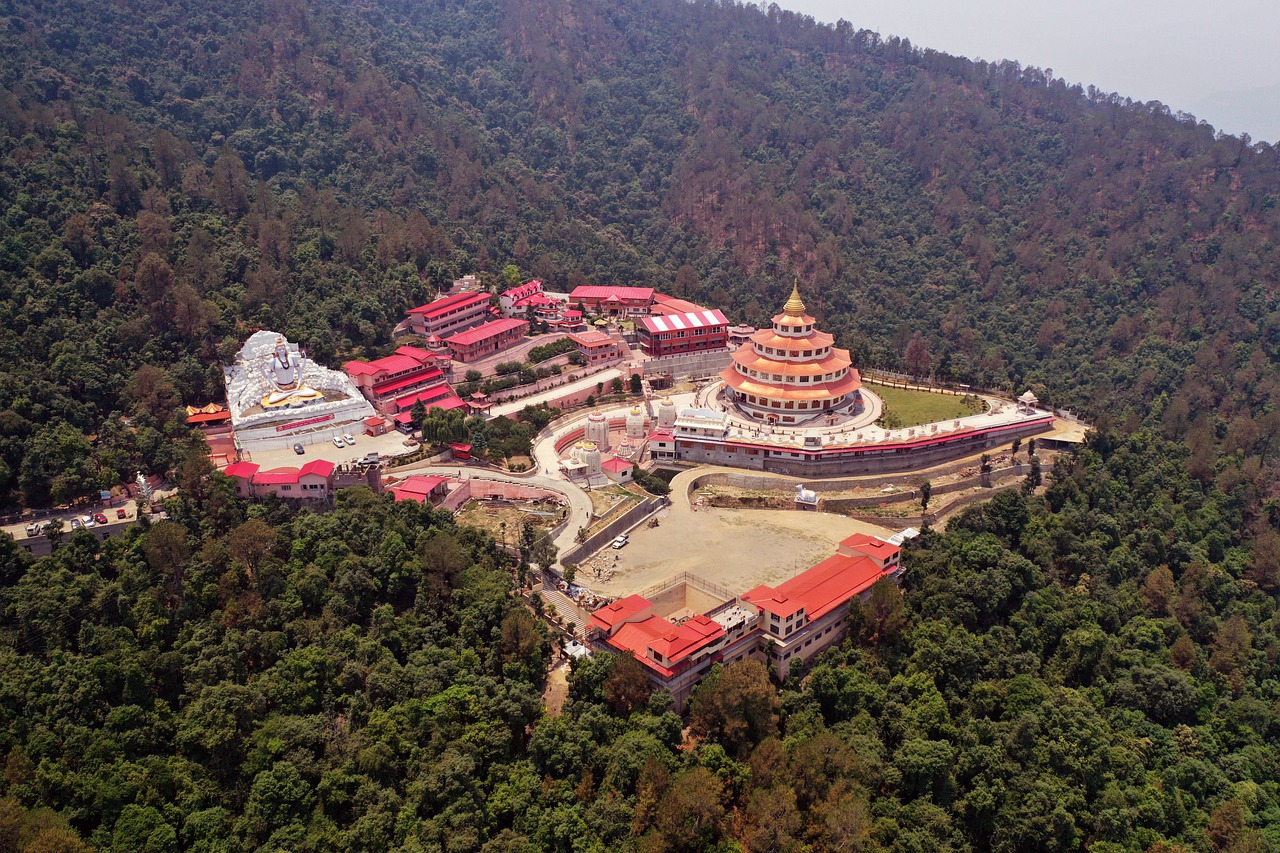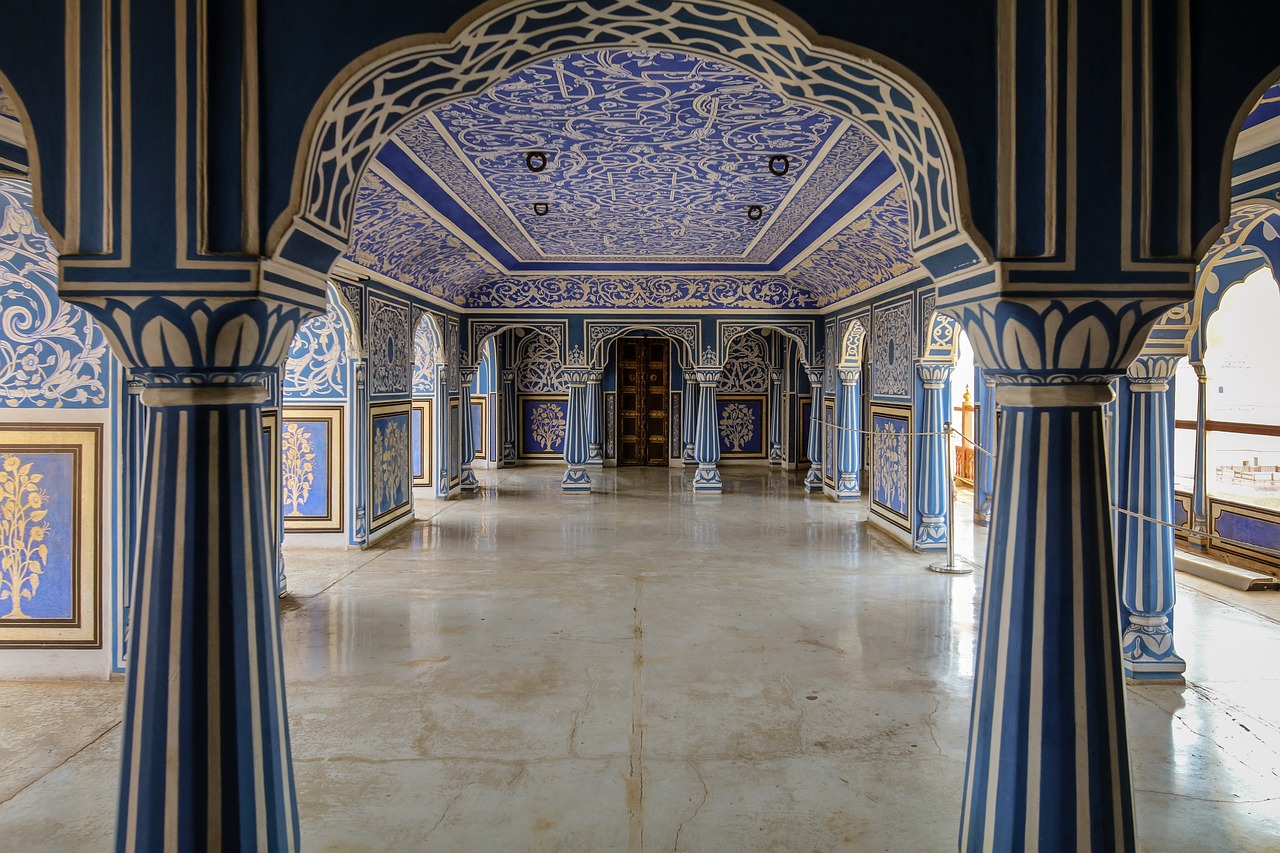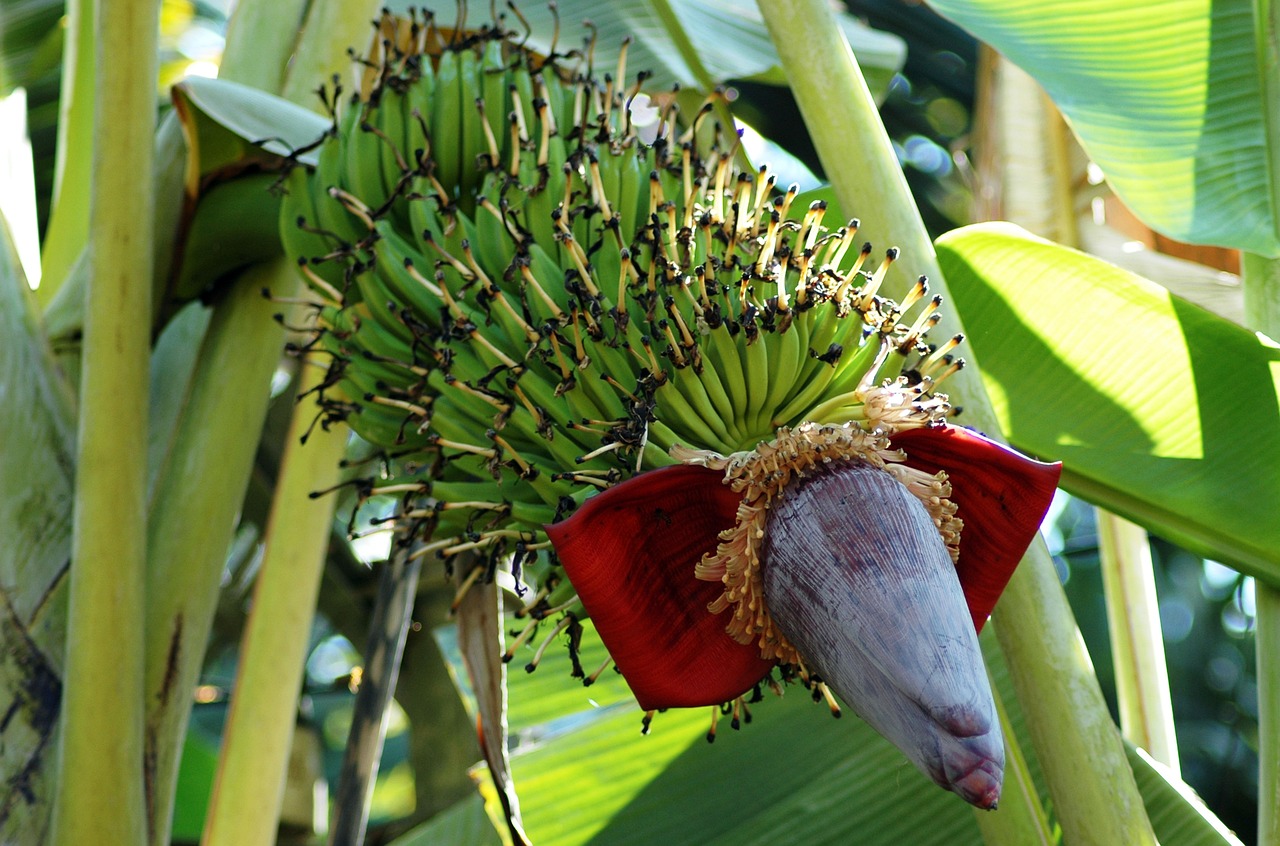India’s spiritual landscape is vast, diverse, and profoundly moving. At its heart lie the Char Dham tours, a sacred circuit that beckons millions of devotees and seekers each year. Revered as the holiest pilgrimage route in Hinduism, this divine journey encompasses four celestial shrines: Yamunotri, Gangotri, Kedarnath, and Badrinath. Nestled amidst the majestic Himalayas in Uttarakhand, each site holds a distinct religious significance, enveloping travelers in a transformative experience. The allure of these shrines is not only embedded in mythological narratives but also in the deeply meditative power of nature’s grandeur that surrounds them.
Embarking on char dham tours is not merely an itinerary through sacred temples; it is a passage through faith, devotion, and self-realization. As one moves from the icy trails of Yamunotri to the glacial serenity of Gangotri, and from the soul-stirring chants in Kedarnath to the ethereal aura of Badrinath, the journey evolves from an external voyage into an inner pilgrimage. These shrines, often cloaked in snow and shrouded in mist, are far removed from the frenetic rhythms of urban life. They promise not only religious merit but also spiritual clarity—a chance to realign the soul’s compass with divine purpose.
Yamunotri, the first destination in the char dham tours, is the source of the sacred Yamuna River. Revered as the sister of Yama, the god of death, Yamuna is believed to absolve devotees of mortal sins and protect them from untimely death. The temple, dedicated to Goddess Yamuna, sits at an altitude of 3,293 meters and is reached by a scenic trek through narrow paths flanked by pine and rhododendron forests. Pilgrims often begin this leg of the journey with a bath in the warm thermal springs of Janki Chatti, considered to possess healing properties. As the icy waters of Yamuna cascade beside them, visitors sense a deep reverence rising in their hearts—an emotion that only sacred nature can inspire.
The next stop on the char dham tours is Gangotri, the origin of the revered Ganga River, known to cleanse the soul and wash away lifetimes of karma. The temple dedicated to Goddess Ganga is perched at a height of 3,100 meters. Devotees gather here in large numbers, performing rituals and prayers on the banks of the Bhagirathi River, believed to be Ganga’s earthly form before merging with the Alaknanda. The legend of King Bhagirath’s penance to bring Ganga from the heavens adds a mythic charm to this destination. The austere surroundings, snow-laden peaks, and the thunderous flow of the river create a spiritually charged atmosphere that awakens a sense of humility and surrender.
Kedarnath, the third site in the char dham tours, stands as a testament to resilience and devotion. Dedicated to Lord Shiva, this ancient temple—said to be built by the Pandavas—rests at an elevation of 3,583 meters, surrounded by towering snow-clad mountains. The trek to Kedarnath is both challenging and soul-stirring, often seen as a penance in itself. The shrine’s stone architecture, enveloped by clouds and echoes of “Har Har Mahadev,” leaves pilgrims awe-struck. The 2013 deluge that ravaged the region only amplified the mystical aura of Kedarnath, with the untouched survival of the temple seen as a divine sign. The spiritual energy at this location is palpable, often leaving visitors teary-eyed with a deep sense of connection to the divine.
The journey concludes at Badrinath, one of the most sacred Vishnu temples in the country. Situated along the banks of the Alaknanda River, this shrine is resplendent with mythological richness. According to Hindu beliefs, Lord Vishnu meditated here under the Badri tree for thousands of years. Flanked by the Nar and Narayan mountain ranges, Badrinath’s colorful facade stands in stark contrast to its stark, dramatic landscape. The temple opens for six months every year, drawing hundreds of thousands of pilgrims from all corners of India and abroad. With every step closer to the temple’s sanctum, one feels a surge of calm, a silent knowing that this sacred land carries centuries of collective prayer and divine presence.
One of the unique aspects of char dham tours is their ability to appeal to both devout pilgrims and curious travelers. While many undertake the journey for religious fulfillment, others are drawn by the desire to witness untouched natural beauty and ancient cultural heritage. In recent years, the infrastructural development in the region has made the pilgrimage more accessible. Helicopter services, paved trekking routes, and eco-conscious accommodations ensure that even elderly devotees and international visitors can partake in this spiritual odyssey with relative ease.
The best time to embark on char dham tours is from late April to early November, during which the weather is most favorable and all temple gates are open. Seasonal festivals, such as Akshaya Tritiya and Diwali, lend a special vibrance to the region, with rituals, chants, and processions enriching the experience. Additionally, local communities play a pivotal role in sustaining the cultural vibrancy of these sites, offering warm hospitality, traditional cuisine, and deep-rooted wisdom to all who visit.
As the journey across the char dham tours comes to an end, what remains is not merely the memory of scenic vistas or ancient stone sanctuaries, but a profound spiritual renewal. The pilgrimage is a symbolic shedding of material attachments and a return to essential truths. In the stillness of the mountains and the sacredness of the shrines, one finds a rare purity of purpose—an awakening that often lingers long after the journey is complete.

To embark on char dham tours is to walk the path of sages, saints, and seekers. It is a testament to faith’s enduring power and to the soul’s timeless yearning for the divine. Whether one undertakes this pilgrimage for religious devotion, inner healing, or simple exploration, the experience transcends expectations. It becomes not just a journey across sacred geography but a transformation of the spirit, a sacred homecoming to the self.




